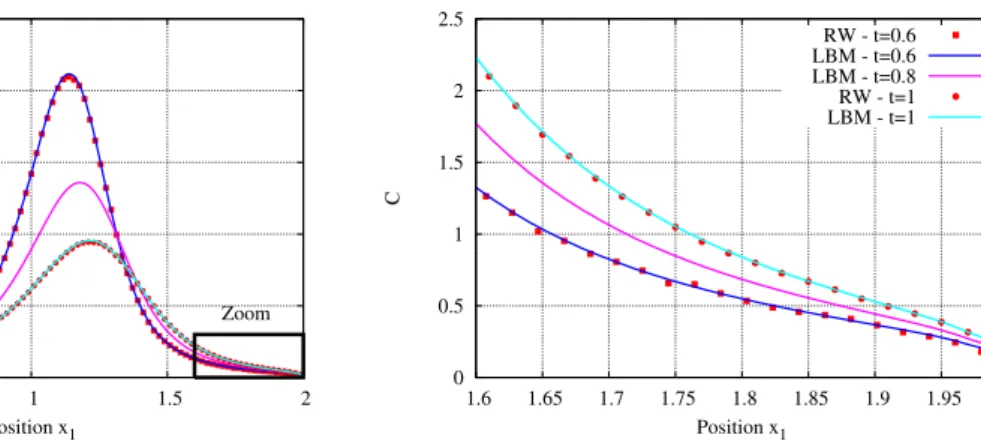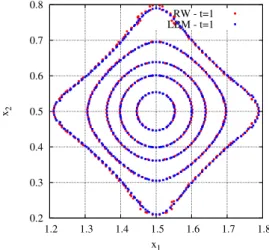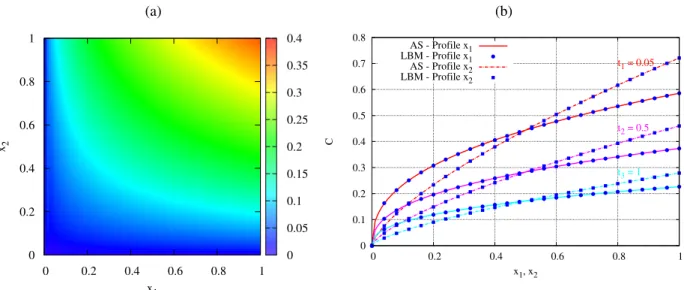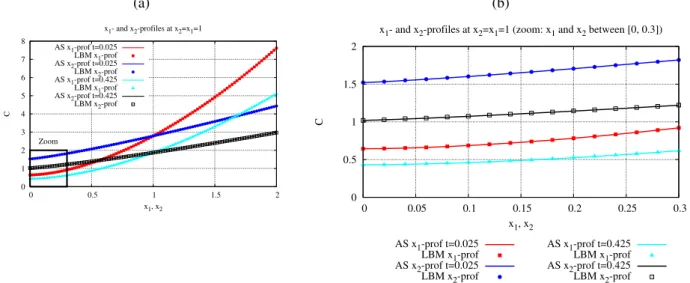Multiple-Relaxation-Time Lattice Boltzmann scheme for fractional advection–diffusion equation
Texte intégral
Figure




Documents relatifs
In this contribution we extend the Taylor expansion method proposed previously by one of us and establish equivalent partial differential equations of the lattice Boltzmann
Given that the macroscopic equation recovered by this model is only valid in the limit of incompressible flows with constant heat capacities, one would, for example,
The comparison of the presented methodology to the classical subgrid-scale model methodology on a laminar-turbulent transition test case such as the Taylor–Green vortex have also led
After this discussion on the theory concerning the Boltzmann equation for phonons and its solution in the relaxation time approximation, in a next paper, we will address how
Of course, in a relaxation time approximation, besides changing the expression of relaxation times it is also possible to add the contribution of other
Abstract.- The nuclear spin-lattice relaxation times for 1 1 9 Sn and 117 Sn have been measured in the temperature range between 20 and 50 mK with a SQUID magnetometer by
The diffusion approximation for the linear Boltzmann equation has been known for a long time and in very different contexts, such as nuclear engineering (see chapter IX in [23]),
La participation à cette association permet à l’IRDP de faire connaitre les travaux réalisés en Suisse dans le domaine de l’éveil aux langues et des autres approches
![Figure 5: Solutions to three-dimensional Eq. (1) in Ω = [0, 1] 3 with parameters α α α = 1.2 1.2 1.2, g g g = 1 1 1 and p p p = (0.35, 0.5, 0.5) T supplemented by u = 0 and spherical D](https://thumb-eu.123doks.com/thumbv2/123doknet/13198833.392421/15.892.112.783.295.535/figure-solutions-dimensional-eq-ω-parameters-supplemented-spherical.webp)



